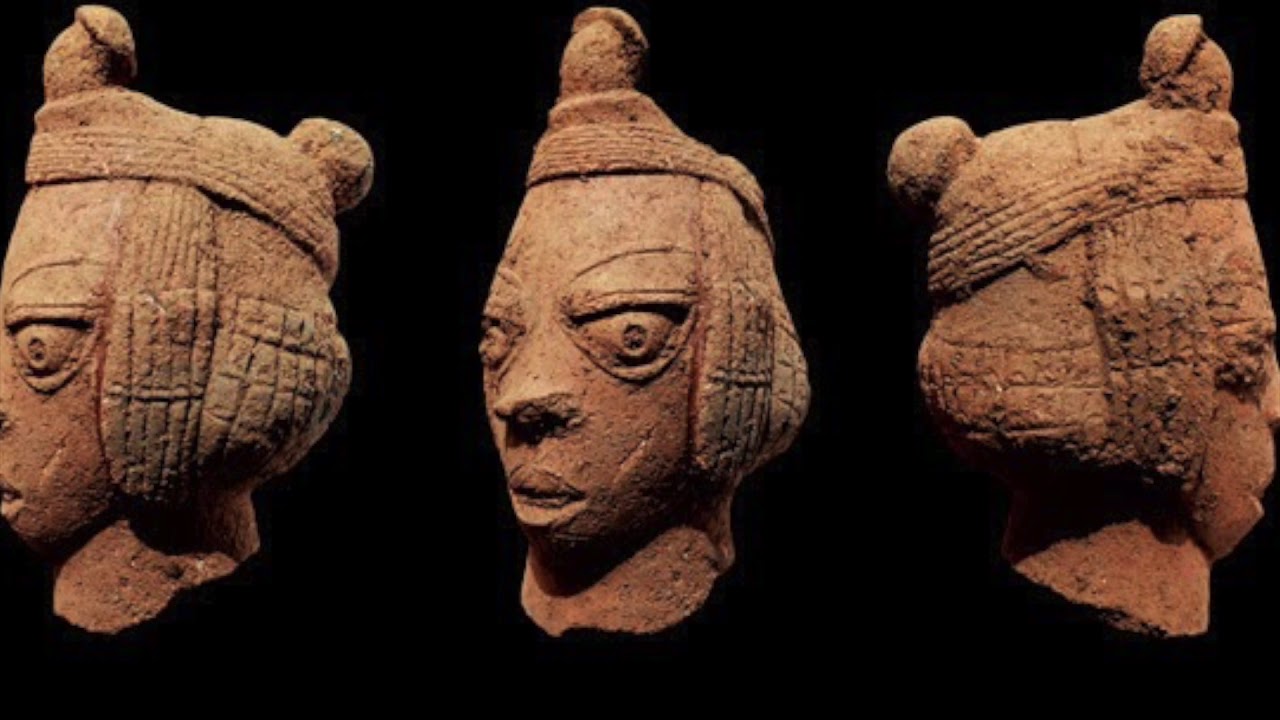Centuries of Africa’s prominent Artworks were birthed in the Nok community, sculpture making was most common among the Nok people, their sculptures represent their cultural heritage and as such has been a reference point overtime of the creativity in African culture.
The NOK culture appeared in Northern Nigeria around 1500 BC and disappeared around 500 AD, thus was in existence for approximately 2,000 years. The cause of their disappearance and true origin is unknown to date.
Scholars over the years have tried to trace their origin, peter Breunig a scholar said ‘’The people of the Nok culture must have come from somewhere else, so far however we have not found what region, though we suspect the Sahel zone in west Africa’’.
Sculpturing was most associated with Nok culture, the sculptures consist of both human and animal representations, made out of clay and iron forging referred to as terracotta sculptures.




The remains of their works of art were first discovered in 1928 by Colonel Dent young, a co-owner of a mining partnership, at the Ham village of Nok in the Kaduna State of Nigeria.
Over the years Archeologists have tried to know more information about the NOK culture by studying the carvings of their sculpture. The terracotta pieces are coil built, hollow, and almost life-sized human heads and bodies that reflect highly-styled features and varied postures.
Most of these sculptures both the human and animal figures had triangular and semicircular eyes, the human life-size figures are mostly conical or cylindrical in shape, most these life-size figures have piercings on the eyes ,researchers have deduced that these piercings were deliberately made by the NOK people for the escape of air during the clay heating processes.
Most of these sculptures are in fragments because the figures are found from alluvial mud, as a result of erosion of water. NOK terracotta sculptures, are highly in demand and sought after on both the local and international art markets today, most cost a fortune due to their classical features and the ancient cultural heritage they possess.





